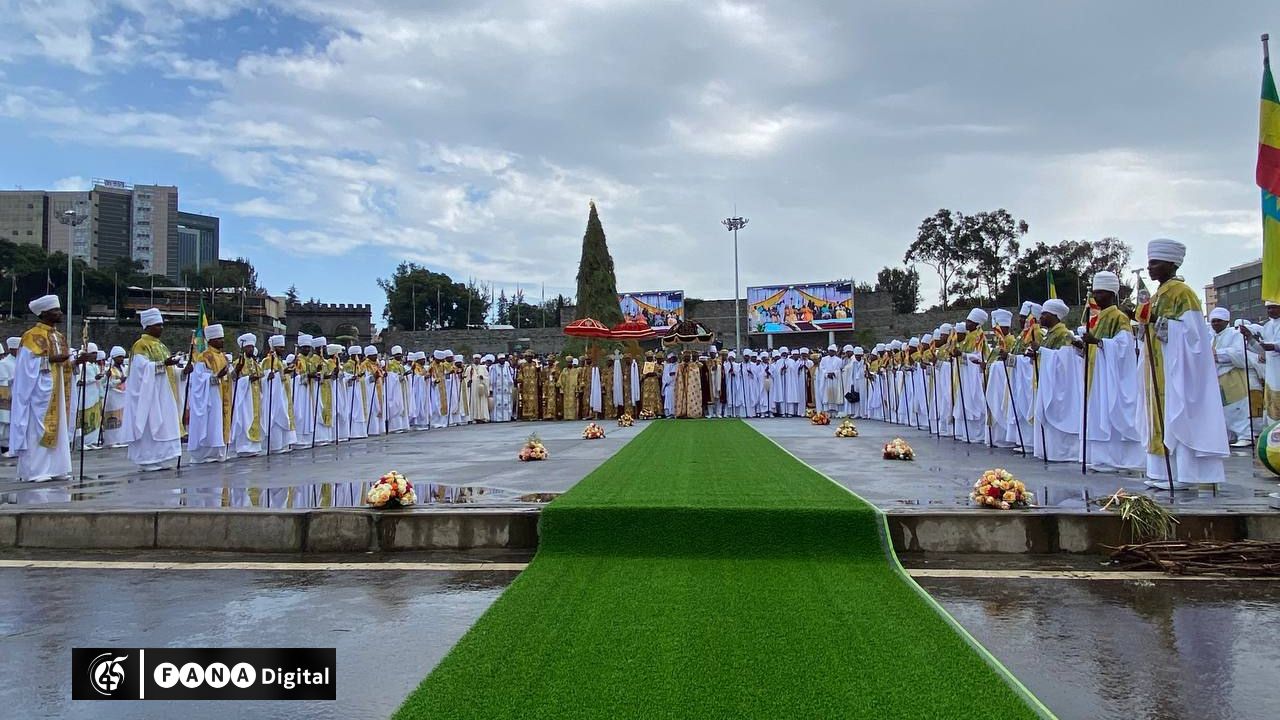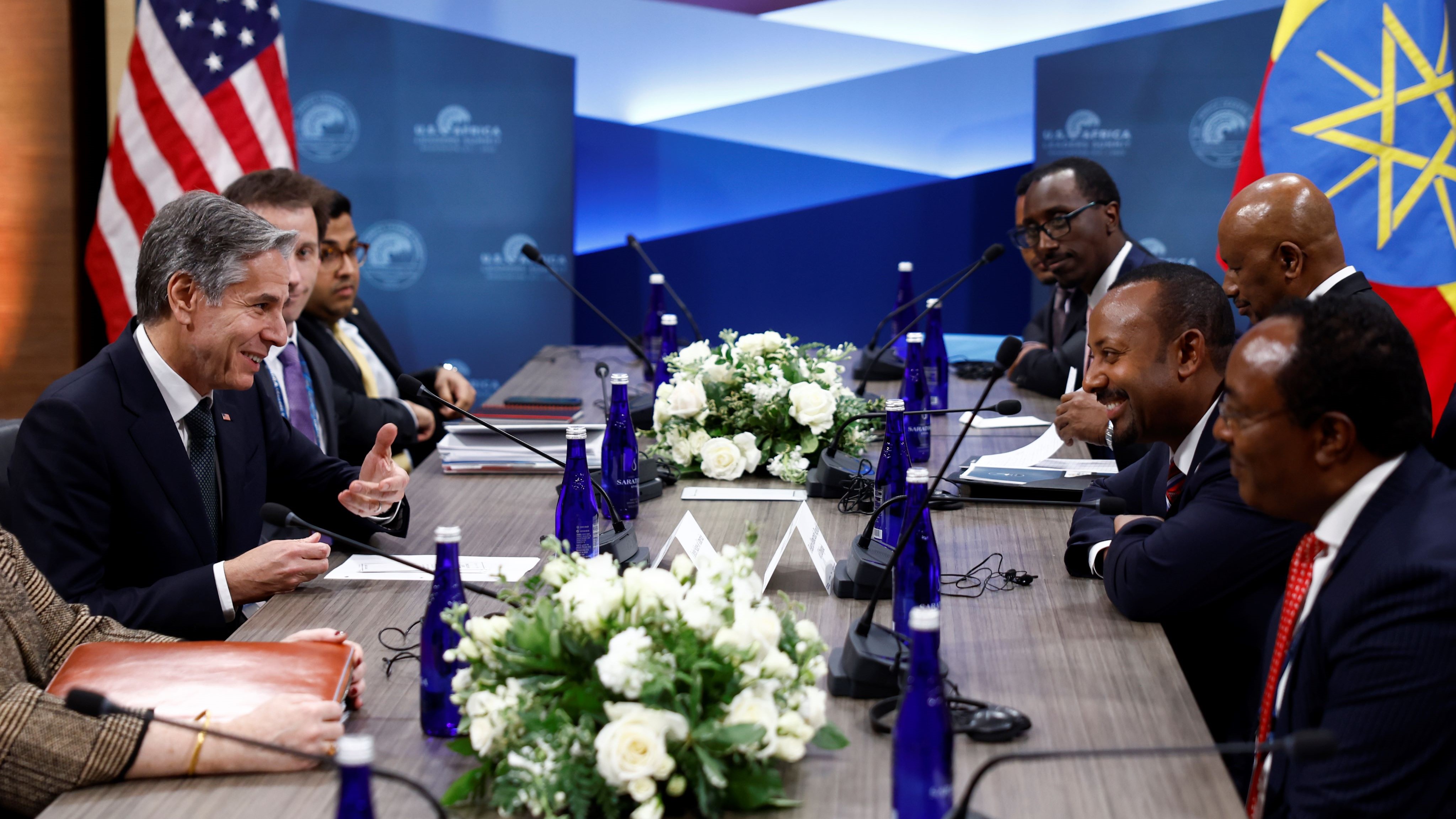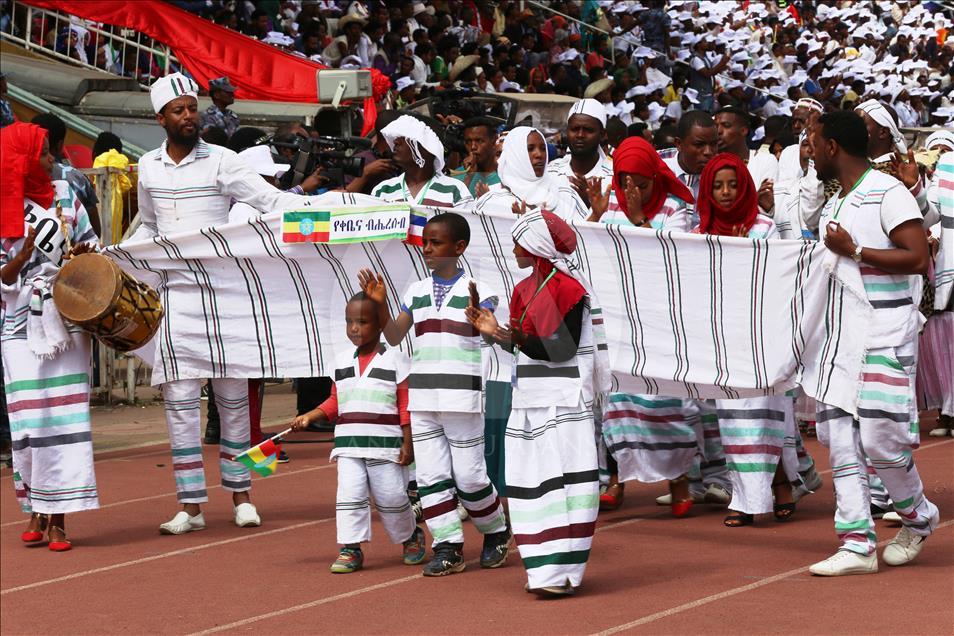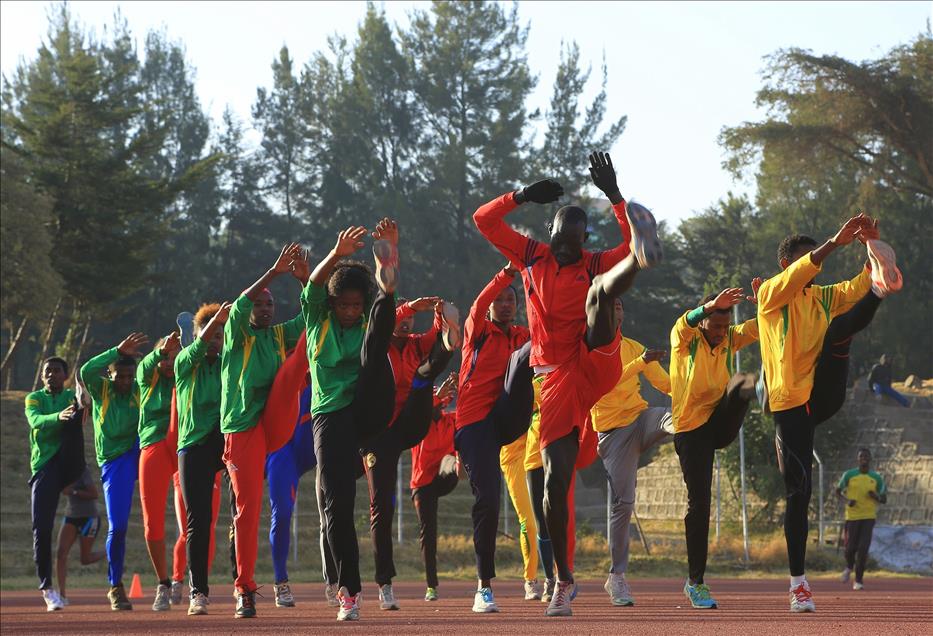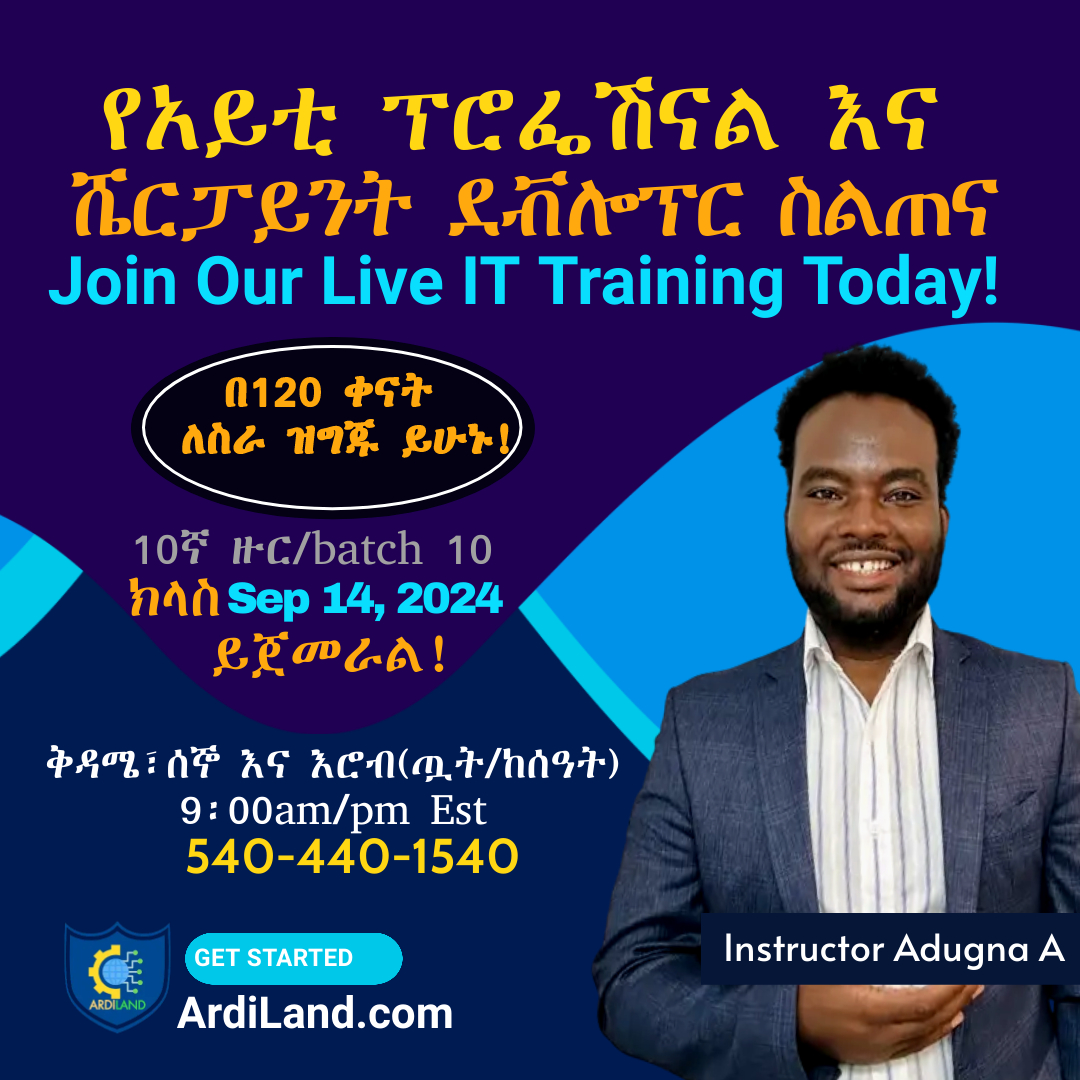Education Reform in Ethiopia: Progress and Challenges
Explore Ethiopia's education reform efforts, highlighting progress in accessibility, quality, and challenges like inequality, funding, and infrastructure limitations.

Education has long been recognized as a cornerstone of national development, and in Ethiopia, efforts to reform the education system have gained momentum over the past few decades. With a growing population and an increasingly competitive global landscape, Ethiopia’s government has implemented various initiatives aimed at improving access, quality, and equity in education. However, despite significant progress, numerous challenges persist, leaving much work to be done in achieving a fully equitable and high-quality education system.
Progress in Access and Enrollment
One of the most notable achievements in Ethiopia's education reform is the expansion of access to education at all levels. The introduction of policies such as the Education and Training Policy of 1994 and the Growth and Transformation Plans (GTP) aimed at universal primary education has resulted in impressive gains in enrollment rates. According to UNESCO, the primary school net enrollment rate increased from 21% in the 1990s to over 90% by the 2010s, marking significant progress in providing education to children across the country.
The Ethiopian government has also made strides in improving access to secondary and tertiary education. New universities and technical vocational education and training (TVET) institutions have been established in various regions, providing more opportunities for students to pursue higher education. The expansion of schools and universities, especially in rural areas, has been a crucial step in addressing the educational needs of Ethiopia's diverse population.
In addition to physical access, efforts to improve gender parity in education have been made. The government has focused on increasing the participation of girls in school by addressing barriers such as early marriage and gender-based violence, and by creating girl-friendly learning environments. As a result, the gender gap in primary and secondary school enrollment has narrowed significantly over the years.
Improvements in Curriculum and Quality
Reform in Ethiopia's education system has also focused on enhancing the quality of education. Curriculum revisions aimed at making learning more relevant to the needs of the 21st century have been implemented. These revisions emphasize science, technology, engineering, and mathematics (STEM) subjects, as well as critical thinking and problem-solving skills.
Teacher training programs have been established to improve the quality of instruction in classrooms. The government has made efforts to upgrade teacher qualifications by introducing continuous professional development programs and encouraging teachers to pursue higher education. Furthermore, school leaders are being trained in effective school management to ensure better administration and learning environments.
Additionally, the introduction of educational technology has been a positive step forward. Ethiopia has embraced the use of digital tools in the classroom, especially in urban areas, where e-learning platforms, online resources, and computer-assisted instruction are being introduced to enhance the learning experience. This shift toward digitization has the potential to revolutionize the educational landscape and prepare students for a more technology-driven future.
Challenges in Education Reform
Despite the progress, Ethiopia's education system still faces significant challenges that hinder the full realization of its potential. Some of the most pressing issues include:
1. Quality Disparities and Inequality
One of the biggest challenges is the inequality in educational quality between urban and rural areas. While cities like Addis Ababa and regional capitals have benefited from better infrastructure, more qualified teachers, and access to technology, many rural areas continue to struggle with overcrowded classrooms, poorly trained teachers, and limited resources. The education gap between rural and urban students is further exacerbated by language barriers, as many rural children speak local languages at home and face difficulties when they are taught in Amharic or English.
2. Funding Constraints
Funding remains a critical obstacle to further education reform. Although the government has made significant investments in education, the rapid growth in enrollment has outpaced the available resources. Schools often face shortages of textbooks, learning materials, and adequate facilities. Furthermore, teacher salaries remain low, which affects morale and the ability to attract and retain qualified educators. Inadequate funding also hampers the government's ability to expand infrastructure and build more schools to accommodate the increasing number of students.
3. Infrastructure Limitations
While access to education has improved, many schools, especially in rural regions, still lack basic infrastructure such as electricity, clean water, and sanitation facilities. These challenges not only affect students’ ability to learn but also contribute to high dropout rates. In rural areas, children often have to walk long distances to reach the nearest school, further discouraging attendance.
Moreover, overcrowded classrooms are a common issue, particularly in urban centers where population growth has been rapid. The lack of space, coupled with insufficient teaching staff, makes it difficult for students to receive individualized attention and support, negatively impacting learning outcomes.
4. Quality of Instruction
While the government has made efforts to improve teacher training, many educators still lack the necessary qualifications to provide high-quality instruction. Large class sizes and limited resources make it difficult for teachers to implement modern, student-centered teaching approaches. Furthermore, the emphasis on rote memorization rather than critical thinking and problem-solving continues to be a challenge in many schools.
5. Language and Cultural Barriers
Ethiopia's linguistic and cultural diversity is both a strength and a challenge in the education sector. The country's federal system allows for instruction in local languages at the primary level, but the transition to Amharic and English at higher levels can create difficulties for students who have limited proficiency in these languages. This language barrier often results in lower performance in subjects taught in these languages, such as math and science, where comprehension is critical.
Moving Forward: Key Priorities
To address these challenges and continue building on the progress made, several key priorities must be focused on in the coming years:
-
Equitable Funding: Ensuring that resources are distributed more equitably between rural and urban areas is essential. The government needs to allocate more funding to rural schools to improve infrastructure, teacher training, and learning materials.
-
Teacher Development: Enhancing teacher education and professional development programs is crucial to improving the quality of instruction. Providing teachers with better training, support, and compensation will help retain qualified educators and improve student outcomes.
-
Infrastructure Investment: Increased investment in school infrastructure, particularly in rural areas, will help reduce overcrowding, improve sanitation, and ensure that students have access to safe and conducive learning environments.
-
Inclusive Education: Promoting inclusive education by addressing language barriers, supporting students with disabilities, and ensuring that marginalized groups have equal access to quality education will help create a more equitable education system.
Conclusion
Education reform in Ethiopia has made impressive strides in expanding access to schooling and improving the curriculum. However, significant challenges remain in terms of quality, equity, and infrastructure. By addressing these issues through targeted investment and policy reform, Ethiopia can continue to make progress toward building an education system that prepares its youth for the challenges and opportunities of the future.
What's Your Reaction?
 Like
2
Like
2
 Dislike
0
Dislike
0
 Love
0
Love
0
 Funny
0
Funny
0
 Angry
0
Angry
0
 Sad
0
Sad
0
 Wow
0
Wow
0

